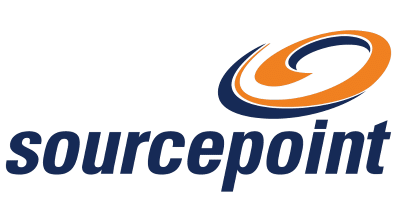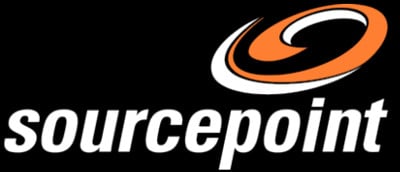You know how applying for a mortgage feels like a marathon? Loan officers and back-office teams share that pain. They pull together 30-35 documents from different sources, adding up to 500-600 pages to review for a single loan. Quite a task, right?
Adoption of technology in the mortgage industry needs to take center stage. However, historically, the mortgage industry has been relatively sluggish in adopting new technologies. Several factors contribute to the limited adoption of technology within this industry, including:
- Customer apprehensions regarding fraud: Core Logic’s 2022 report (1) indicates that approximately 1 in every 131 mortgage applications was fraudulent on average, fostering widespread concern.
- Physical signing preferences: Many customers opt for the traditional method of signing documents in person. This usually entails either visiting the title company to complete the closing package or arranging for a notary visit to obtain hard-copy signatures on closing documents.
- Persisting manual practices: A substantial number of mortgage lenders continue to follow a manual workflow, which includes physical screening of documents.
- Paper-based historical data: Historical records remain primarily in paper form, which necessitates conversion to digital formats for integration with modern systems.
- Traditional record-keeping methods: Many county offices persist in using outdated methods for document recording. Typically, lenders send closing documents to the title company, which then manually logs all the documents at the county office.
- Fragmented employment verification processes: Small employers often lack a unified platform for verifying employee information, making automated verification challenging.
Redefining the mortgage landscape with automation and machine learning
With the evolution of machine learning and large language models (LLMs), we can now handle the core challenge in loan processing – dealing with unstructured content. The accessibility of these cloud-based solutions play a critical role in reducing the time required to process loans, while also improving efficiency, consistency, and accuracy.
By leveraging technology in conjunction with loan origination software (LOS) platforms and operational processes, we can streamline pre-approvals, mortgage applications, loan processing and the generation of reports from third-party applications.
Process mining as the cornerstone of transformation
Process mining, a key aspect of digital transformation, helps mortgage firms optimize operations by analyzing event logs, identifying inefficiencies, and tracking KPIs. This technology, combined with a digital twin and process simulation, marks a major shift in the mortgage industry, as they allow for process simulation, bottleneck identification, and data-driven decisions, enhancing efficiency and customer satisfaction.
For instance, we assessed 52,000 origination transactions based on customer experience, efficiency, conversion, measuring cycle time and rework. Results showed a median cycle time of 15 days beyond the 35-day target, and a significant 57% rework, indicating wasted opportunities. With process mining, we were able to further analyze the data and identify issues like high-cost loans and top reasons for rework.
Intelligent document processing
Document classification and data extraction are essential tasks in mortgage processing, often involving a mix of structured, unstructured, and handwritten documents. Automating these tasks using Intelligent Document Processing (IDP) solutions simplifies this process considerably. Various IDP solutions exist, some are tailored for mortgage-specific documents, while others can be trained. By utilizing these tools and leveraging cloud services, lenders can automate document handling and reduce costs.
Robotic process automation & iPaaS
Besides automating document classification and extraction, a significant portion of the remaining work can also be automated by leveraging RPA and iPaaS solutions. One of our clients embarked on an automation journey to bring efficiency to their mortgage loan origination operations; as a result, they achieved a 35% decrease in cycle time through a ~97% straight-through automation rate and a ~50% productivity gain. Additionally, they eliminated human fatigue by issuing documents through third-party websites for every loan request.
Analytics
When mortgage businesses delve into the analysis of raw data, they gain deeper insights into their operations, thereby enabling them to optimize their performance effectively. By scrutinizing and understanding the patterns within this data, mortgage professionals can discern successful strategies from those requiring enhancement. This deeper level of insight ultimately leads to more informed decision-making, allowing the identification of areas of excellence and aspects that need improvement in their operational processes.
To summarize….
There are significant opportunities for improvement in several processes across the value chain, notably loan origination, servicing, and default management. To navigate challenges, lenders must adopt proactive technology-driven process optimizations. As lenders tighten their standards, efficiency is key. At Sourcepoint, we combine a dynamic culture with technological advancements, fostering an environment of innovation and future-shaping entrepreneurship.
Follow #SoucepointTech for updates on our tech initiatives.








